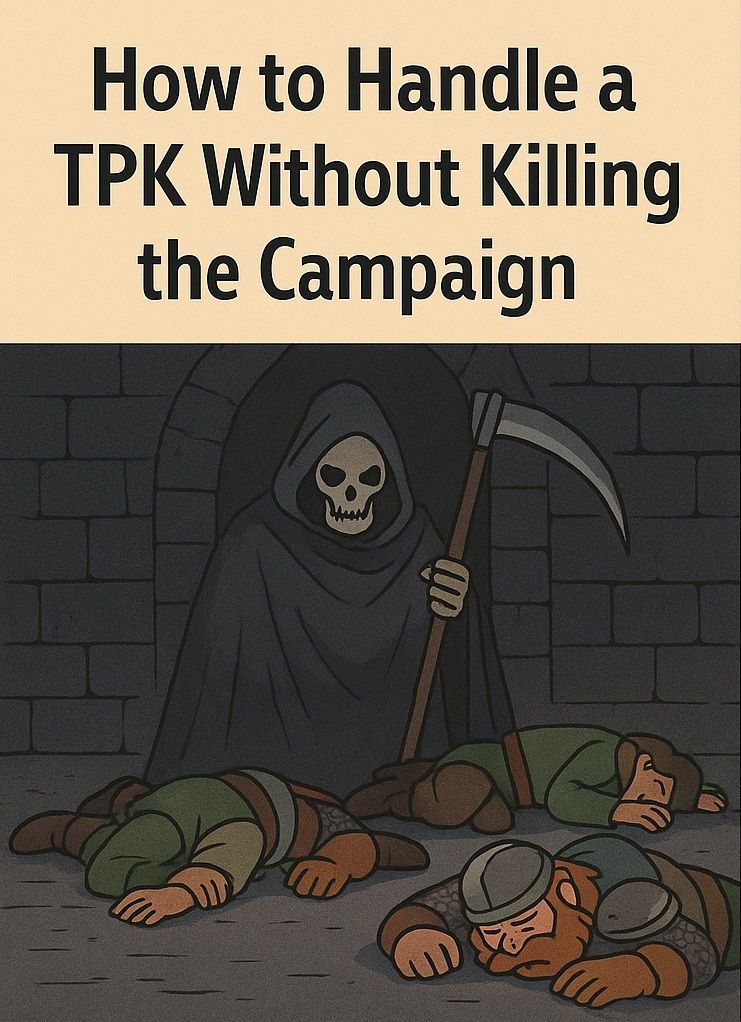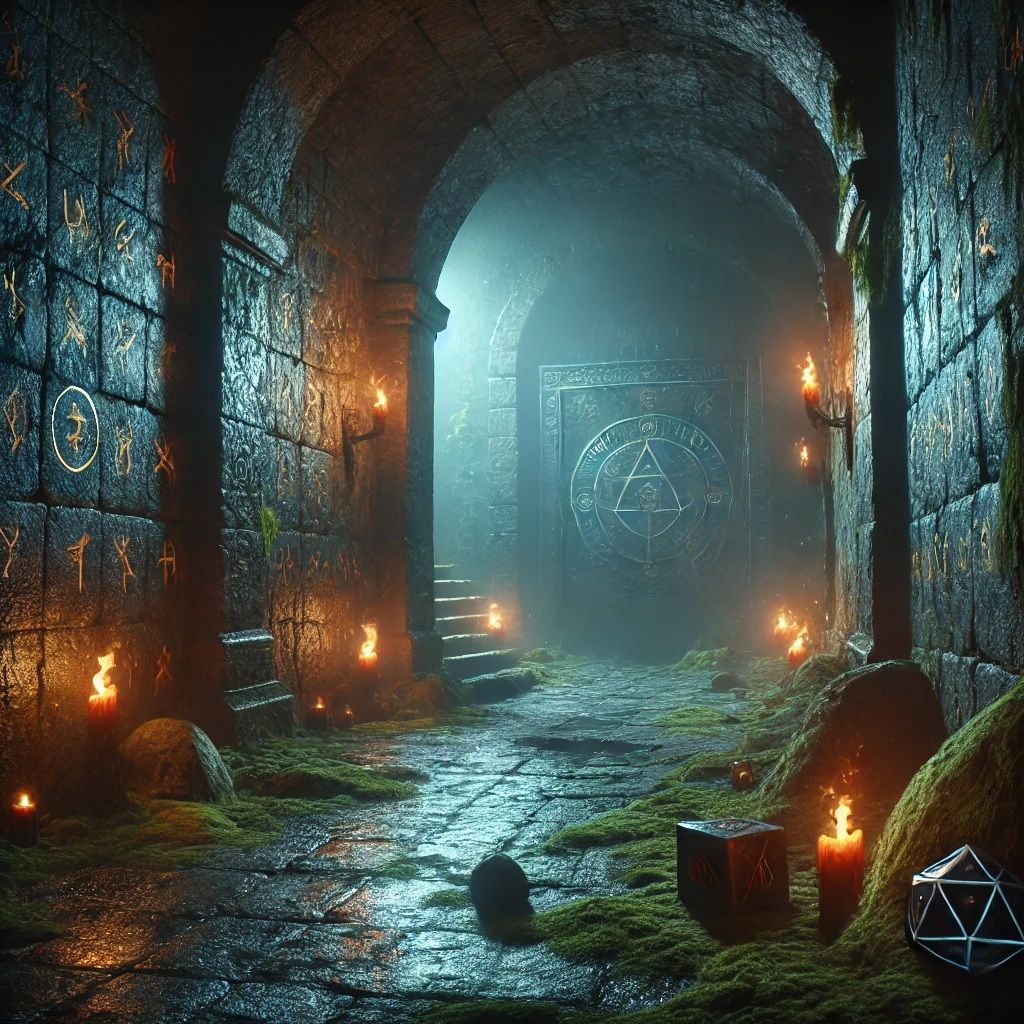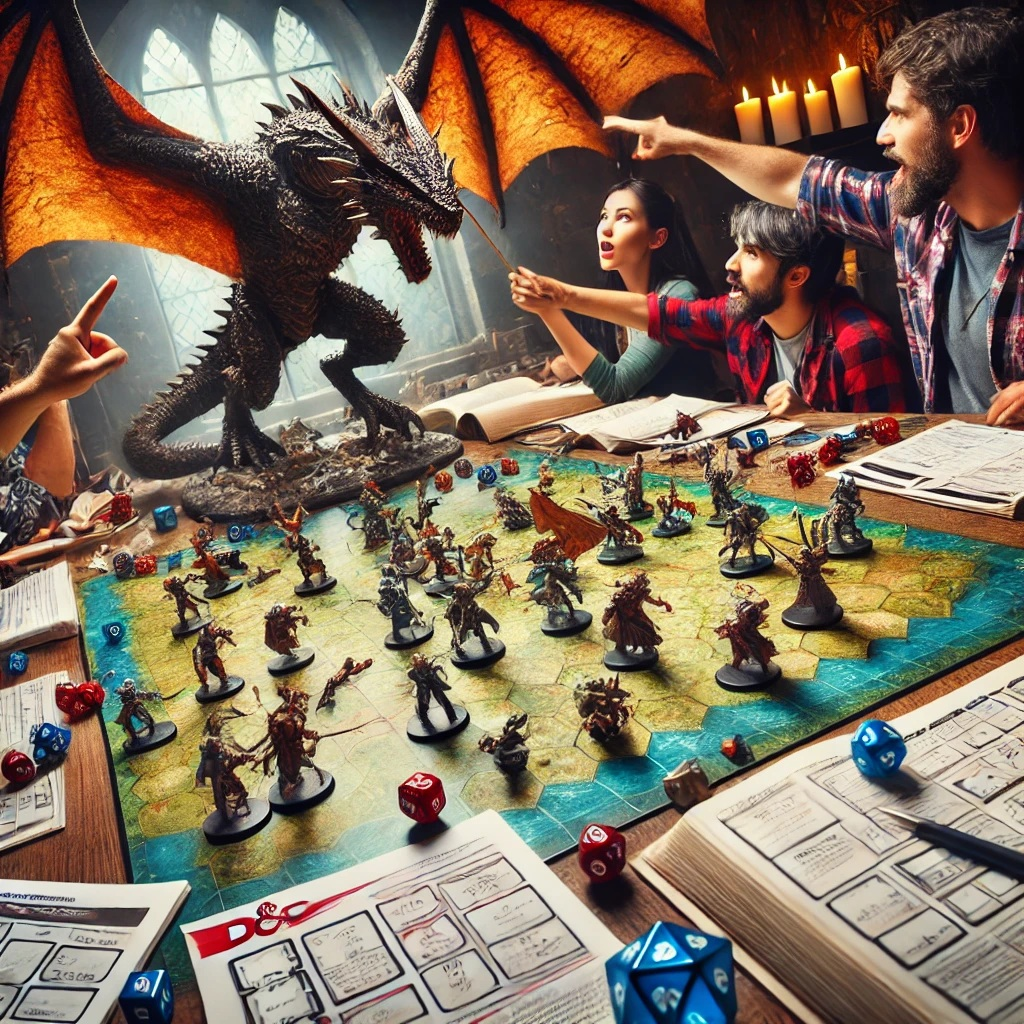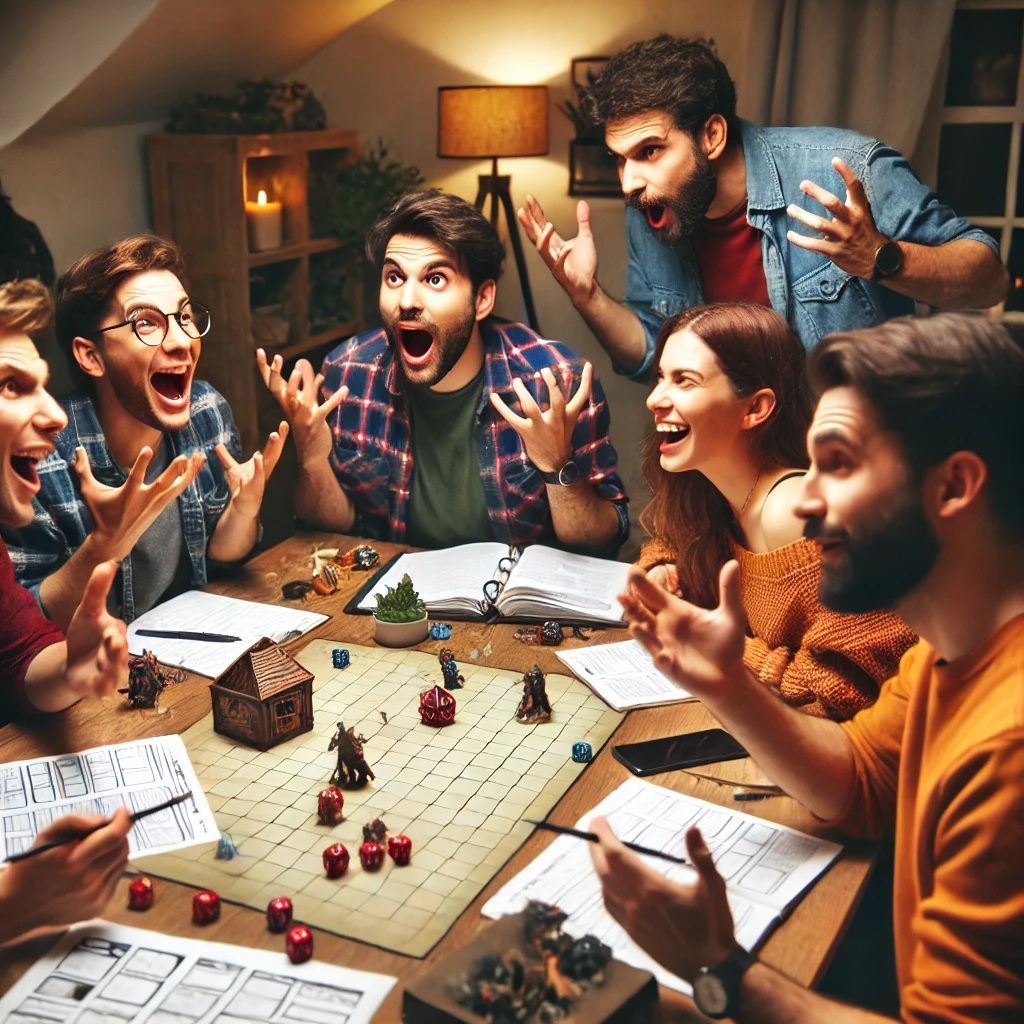Historical Campaigns: Setting Your Game in Different Historical Eras

Dear Readers, welcome back to our Dungeons & Dragons (D&D) blog! Today, we’re embarking on a journey through time as we explore the exciting possibilities of setting your D&D campaign in different historical eras. Historical campaigns offer a unique blend of real-world history and fantasy, allowing you to immerse your players in richly detailed settings inspired by the past. From the ancient empires of antiquity to the tumultuous wars of the medieval period, historical settings can provide a wealth of inspiration and narrative depth. In this post, we’ll delve into the benefits of historical campaigns, provide tips for integrating historical elements into your game, and offer examples of different historical eras to inspire your storytelling. So, let’s travel through time and discover the magic of historical campaigns!
The Benefits of Historical Campaigns
Setting your D&D campaign in a historical era can enhance your game in several ways:
1. Richly Detailed Settings
Historical settings are steeped in rich details, from architectural styles and cultural practices to historical events and famous figures. This depth of detail can make your campaign world feel more immersive and realistic.
Example: Setting your campaign in ancient Rome allows you to draw on the city’s iconic architecture, elaborate social hierarchy, and famous historical events, creating a vivid and engaging world.
2. Unique Storytelling Opportunities
Historical settings offer unique storytelling opportunities, allowing you to weave real-world history into your narrative. This can provide a fresh and intriguing backdrop for your adventures.
Example: A campaign set during the Viking Age might involve navigating political alliances, exploring uncharted territories, and participating in legendary raids.
3. Educational Value
Historical campaigns can also be educational, helping players learn about different cultures, historical events, and societal structures. This can make the game both entertaining and informative.
Example: Setting a campaign during the Renaissance can expose players to the period’s artistic, scientific, and cultural advancements, fostering a deeper appreciation for history.
4. Enhanced Immersion
Drawing on real-world history can enhance immersion, as players can more easily visualize and connect with the setting. Familiar historical elements can provide a sense of authenticity and realism.
Example: Using historical maps, clothing, and customs from the medieval period can help players immerse themselves in a campaign set in a medieval kingdom.
Integrating Historical Elements into Your Campaign
When setting your campaign in a historical era, it’s important to integrate historical elements thoughtfully and accurately. Here are some tips for incorporating historical elements into your game:
1. Research Thoroughly
Thorough research is essential for creating an authentic and immersive historical setting. Take the time to learn about the era you’re focusing on, including its geography, politics, culture, and notable events.
Example: If you’re setting your campaign in ancient Egypt, research the geography of the Nile River, the political structure of the pharaohs, religious beliefs, and daily life in Egyptian society.
2. Adapt Historical Events
Adapt real historical events to fit the narrative of your campaign. This can provide a familiar yet flexible framework for your story, allowing you to blend historical accuracy with fantasy elements.
Example: Incorporate the fall of the Western Roman Empire into your campaign, but add a fantastical twist, such as a powerful sorcerer manipulating events behind the scenes.
3. Create Historical Characters
Introduce historical figures as NPCs in your campaign. These characters can serve as allies, mentors, or antagonists, adding depth and authenticity to the story.
Example: Leonardo da Vinci could appear as an eccentric inventor who provides the players with mysterious gadgets and quests involving his inventions.
4. Use Historical Artifacts
Incorporate historical artifacts into your campaign as magical items, quest objectives, or plot devices. These artifacts can add a sense of mystery and intrigue to your adventures.
Example: The Holy Grail could be a powerful artifact that the players must find to prevent a great calamity, with legends and clues leading them through various historical locations.
5. Reflect Historical Societies
Reflect the societal structures, customs, and norms of the historical era in your campaign. This can create a more immersive and realistic setting.
Example: In a campaign set in feudal Japan, the players might navigate the complexities of the samurai code of honor, social hierarchy, and political intrigue within the shogunate.
Examples of Historical Campaign Settings
To inspire your historical campaign, here are examples of different historical eras, each with its own unique characteristics and storytelling potential.
1. Ancient Egypt
Setting:
- Ancient Egypt, with its monumental pyramids, pharaohs, and complex pantheon of gods, provides a rich and mystical backdrop for a campaign.
Storytelling Opportunities:
- Explore the mysteries of the pyramids and tombs, facing traps, curses, and undead guardians.
- Involve the players in the political intrigue of the pharaoh’s court, navigating alliances and rivalries.
- Incorporate quests involving ancient Egyptian deities, seeking their favor or thwarting their schemes.
Example Adventure: The players are tasked with finding the lost tomb of a legendary pharaoh. Along the way, they uncover a plot by a dark cult to awaken an ancient evil, requiring them to navigate treacherous tombs, decipher hieroglyphs, and seek the aid of the gods.
2. Ancient Greece
Setting:
- Ancient Greece, known for its city-states, mythology, and philosophers, offers a setting filled with heroism, exploration, and divine intervention.
Storytelling Opportunities:
- Embark on heroic quests inspired by Greek mythology, battling monsters and seeking the favor of the gods.
- Involve the players in the politics of the Greek city-states, forging alliances and participating in wars.
- Explore ancient ruins and temples, uncovering lost knowledge and powerful artifacts.
Example Adventure: The players are recruited by a wise oracle to retrieve a sacred artifact stolen from the temple of Apollo. Their journey takes them through dangerous territories, where they must face mythical creatures and rival heroes seeking the same prize.
3. The Viking Age
Setting:
- The Viking Age, with its seafaring warriors, exploration of new lands, and Norse mythology, provides a setting of adventure and discovery.
Storytelling Opportunities:
- Lead the players on epic voyages to uncharted territories, encountering new cultures and facing the challenges of the sea.
- Involve the players in Viking raids and battles, navigating the complex honor and loyalty systems of the Norse.
- Incorporate elements of Norse mythology, with quests involving gods, giants, and legendary artifacts.
Example Adventure: The players join a Viking expedition to a mysterious island rumored to be the home of a powerful artifact. They must navigate treacherous waters, deal with rival Viking clans, and face mythical creatures guarding the island’s secrets.
4. Medieval Europe
Setting:
- Medieval Europe, with its feudal system, knights, and chivalry, provides a classic setting for tales of heroism, courtly intrigue, and epic battles.
Storytelling Opportunities:
- Involve the players in the politics of feudal lords, navigating alliances, betrayals, and quests for power.
- Lead the players on quests involving dragons, magical artifacts, and ancient prophecies.
- Explore the social and cultural aspects of medieval life, including tournaments, festivals, and religious practices.
Example Adventure: The players are knights serving a noble lord who is embroiled in a bitter feud with a rival. They must undertake dangerous missions to gather allies, protect their lord’s lands, and uncover a hidden conspiracy threatening the kingdom.
5. The Renaissance
Setting:
- The Renaissance, a period of cultural rebirth, scientific discovery, and artistic achievement, offers a setting of intellectual exploration and political intrigue.
Storytelling Opportunities:
- Involve the players in the political machinations of powerful city-states, navigating the complex web of alliances and rivalries.
- Lead the players on quests involving the discovery of ancient knowledge, hidden manuscripts, and mysterious inventions.
- Incorporate historical figures and events, blending real history with fantasy elements.
Example Adventure: The players are hired by a wealthy patron to recover a stolen manuscript containing revolutionary scientific knowledge. Their investigation leads them through the bustling streets of Renaissance Florence, uncovering a plot that could change the course of history.
Tips for Running Historical Campaigns
Running a historical campaign requires careful planning and attention to detail. Here are some tips to help you create an engaging and authentic experience:
1. Balance Accuracy with Fun
While historical accuracy can enhance immersion, remember that your primary goal is to create an enjoyable experience for your players. Don’t be afraid to bend or reinterpret historical facts to suit your narrative.
Example: Introduce a secret society of alchemists in your Renaissance campaign who possess magical abilities, blending historical elements with fantasy to create a unique and engaging story.
2. Use Historical Resources
Utilize historical resources such as books, documentaries, and online articles to gather information about your chosen era. This will help you create a more authentic and detailed setting.
Example: Read books about Viking culture, mythology, and exploration to enrich your Viking Age campaign with accurate and intriguing details.
3. Create Detailed NPCs
Develop NPCs that reflect the historical setting, including their speech patterns, clothing, and customs. This will make your world feel more immersive and realistic.
Example: In a medieval campaign, introduce NPCs such as knights, peasants, and merchants, each with distinct personalities, motivations, and backgrounds.
4. Incorporate Real Historical Events
Incorporate real historical events into your campaign to provide a familiar and engaging backdrop for your adventures. Adapt these events to fit your narrative, adding fantasy elements as needed.
Example: Set a campaign during the fall of Constantinople, with the players participating in the defense of the city and uncovering a hidden magical artifact that could turn the tide of battle.
5. Encourage Player Research
Encourage your players to research the historical era of your campaign. This can help them create more authentic characters and enhance their immersion in the setting.
Example: Provide players with a list of recommended resources about the Viking Age and encourage them to incorporate historical details into their character backgrounds.
Conclusion
Setting your D&D campaign in different historical eras can provide a wealth of inspiration, depth, and authenticity to your storytelling. By thoroughly researching your chosen era, adapting historical events, and integrating historical elements into your game, you can create an immersive and engaging experience for your players.
Remember to balance historical accuracy with fun, utilize historical resources, create detailed NPCs, incorporate real historical events, and encourage player research. By doing so, you’ll craft a campaign that not only entertains but also educates and inspires.
Until next time, Dear Readers…
























